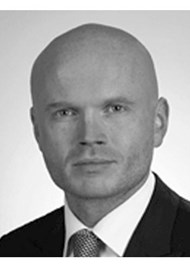Although facial paralysis is not uncommon, the number of patients who require free muscle transfer is much smaller. Besides that, the diversity of surgical and non-surgical interventions, the multitude of methods for perioperative assessment, and outcome measurements likewise lead to a wide spectrum. The relatively low volume of cases makes both clinical research and clinical outcomes assessment an ongoing challenge unless institutions and practices adopt integrated frameworks for collecting and analysing data. The missing standardisation might conceal new treatment methods as true improvements, due to the inability to evaluate statistical significant differences. The authors describe their systematic method for the previsit evaluation, intake, management, follow-up and clinical management of their facial nerve patients at the Massachusetts Eye and Ear Infirmary. The aim of this article is to improve clinical outcomes research in this very specific field of interest. Meticulous attention to comprehensive data collection at appropriate time points, precision photography, and the use of available quality of life and objective measurement tools should be merged to a standardised approach for data collection, permitting multi-institutional data analysis for improvement of the quality of outcomes research currently available.




